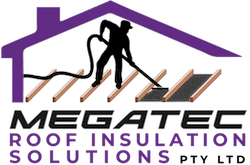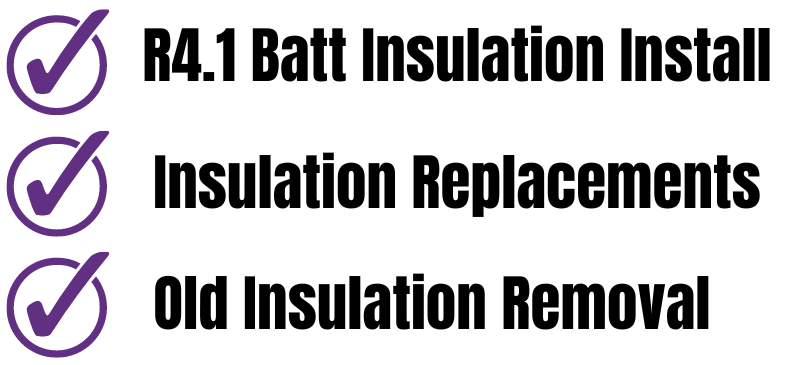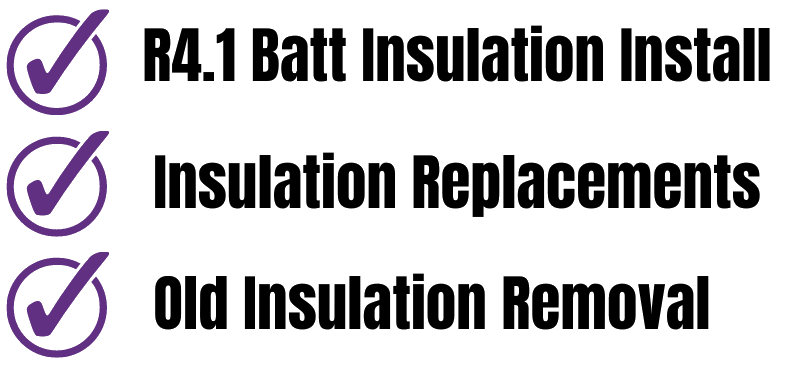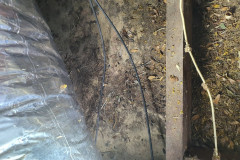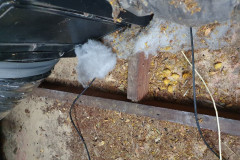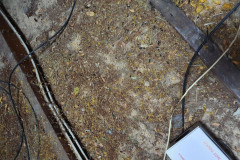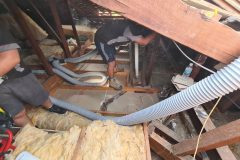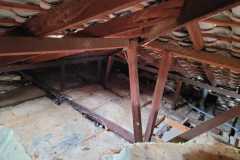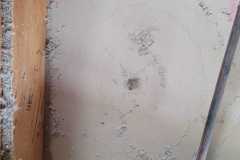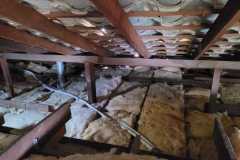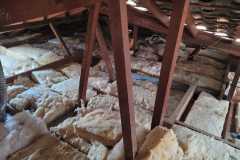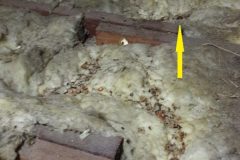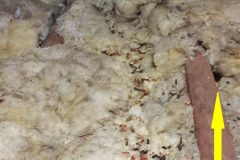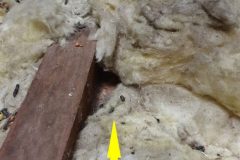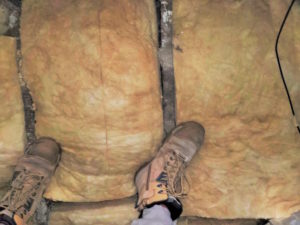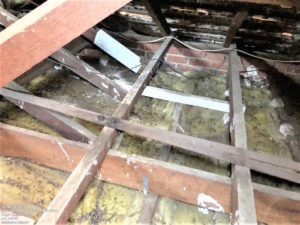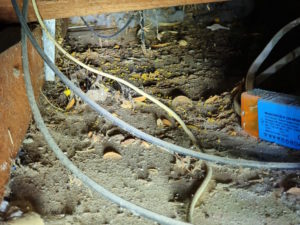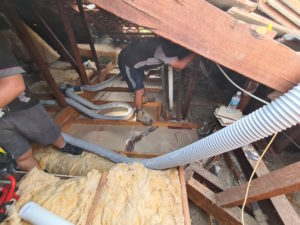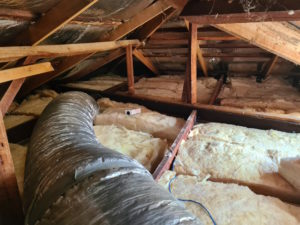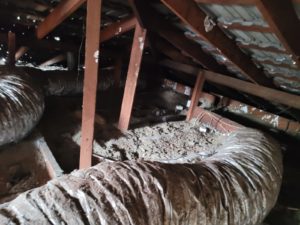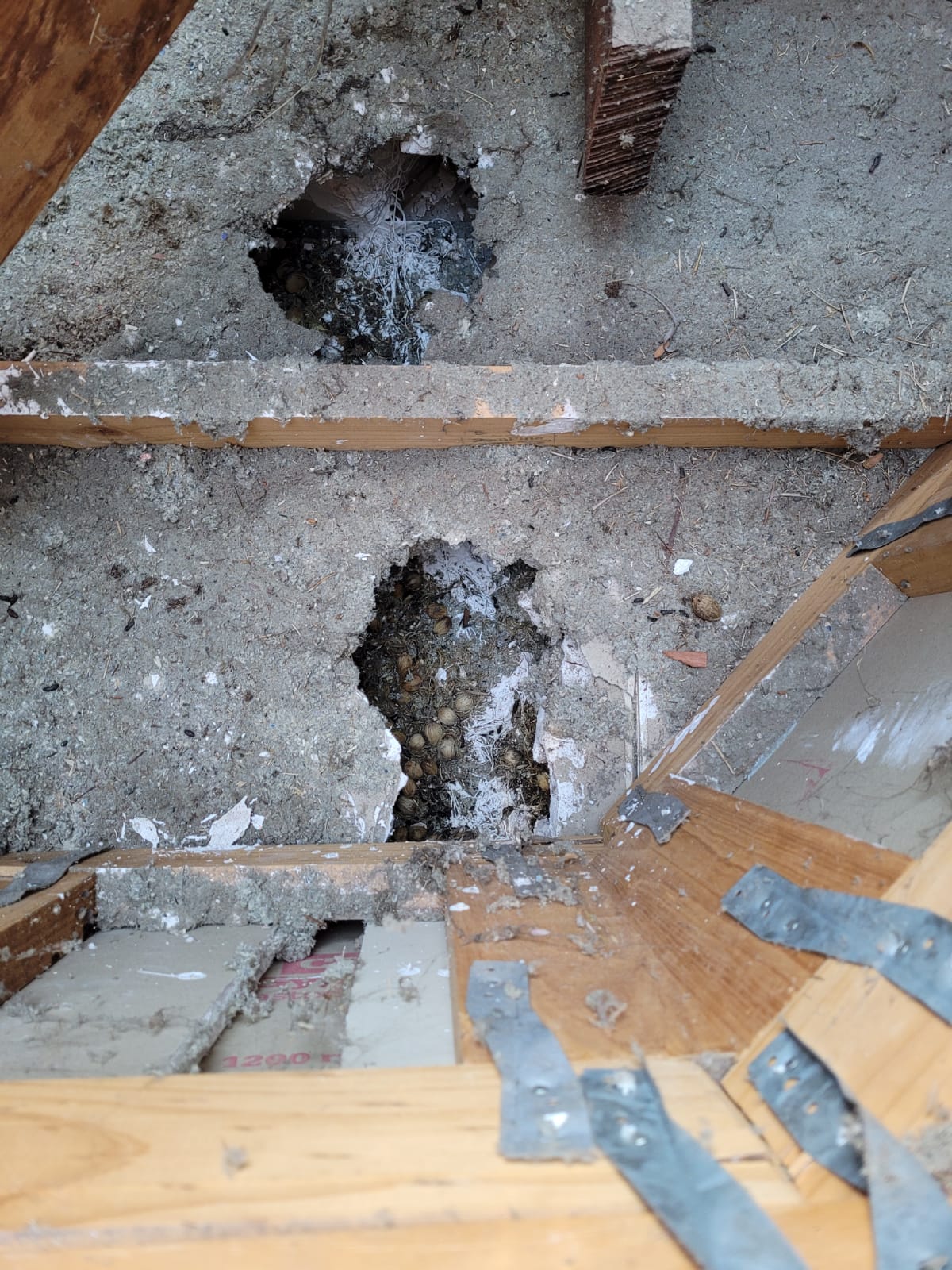
RODENT DAMAGE
Insulation Replacement
Improve both your Perth home’s roof insulation and health of your house by fixing rodent insulation damage
Roof Insulation – Health Hazard
Generations of rats living, breeding, and dying in your Roof Space will cause health issues!
Discover why Perth Home Owners they are Sick and can’t get better
Every year in Perth 1 out of 5 homes has damaged insulation and we are called in to remove smelly dead rats from roof spaces. In the roof space from rotting rats over decades of pest control neglect that insulation removal and replacement is the only option.
We are often shocked at the health condition of the homes’ owners and their families who report to us that they have been unwell with respiratory and other issues for extended periods of time. We know from direct experience that removing the toxic, degraded insulation in the roof space can lead to a startling improvement in the health of all members living in that house.
If you think you might have rats, read on to find out what they are doing in your roof and why effective insulation removal is critical to saving your family thousands of dollars by avoiding costly damage to insulation, piping, and wiring.
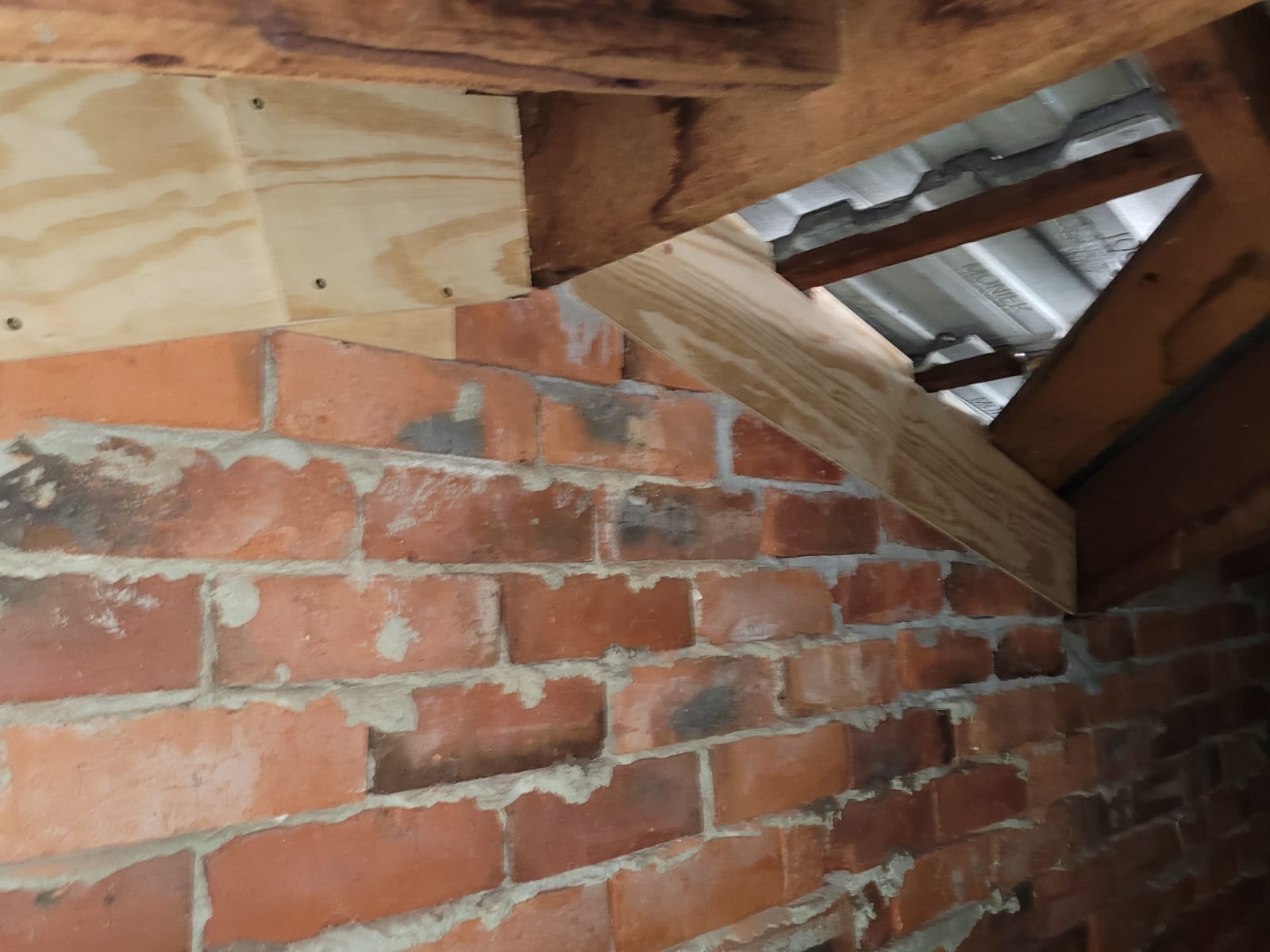
Spotting rat droppings in your home? Hearing scratching in your roof?
You likely have rats living in your roof. This comes with many potential health risks. If the rats are nesting in your insulation their urine and faeces can dry down and eventually become a cloud of fine dust that you can breathe in, causing you to become really sick.
Getting your home inspected by a professional is the best option if you suspect you have a problem. Let’s face it, if you think you have rats in your roof you probably don’t want to go up into the roof and deal with them yourself – the smell will be disgusting and there is a high potential for dead and rotting rats to also be there. Hiring a professional is always your best bet, as they know how to deal with dead rodents safely.
Ensure your home is safe and let Megatec professionals handle the process from start to finish.
We will even come back to do regular checks to ensure the rats stay away from the home and that you never have to go through a process like this again.
Book Today if you know for sure you have rats in your roof and want to get the problem dealt with ASAP.
Are you Suffering from a Lack of Sleep and Stress?
One of the causes may be related to having rats living in your attic. A lack of sleep and emotional stress can be one of side effects of this. Rats, like most rodents, are nocturnal, meaning they actively search for food under the cloak of night. When you lay down in bed after a long and exhausting day at work, you might hear the scampering of rat feet running throughout the attic. Rather than catching some much-needed sleep, you lie in bed staring at the alarm clock for hours on end.
There’s also a very real emotional stress that comes along with rat infestations in the attic. Even if you rarely see them, just knowing that you are sharing your home with these dirty rodents creates emotional stress.
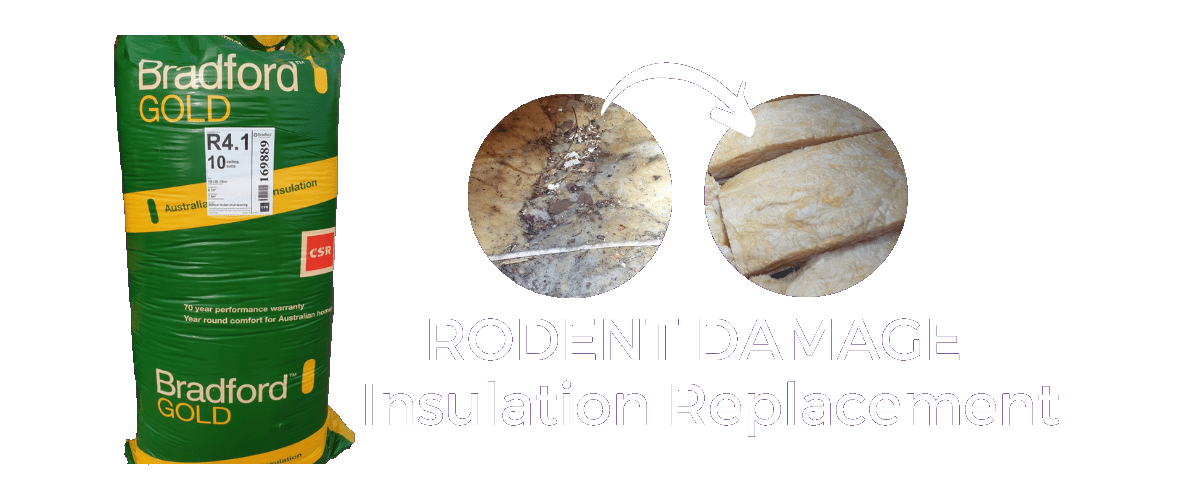
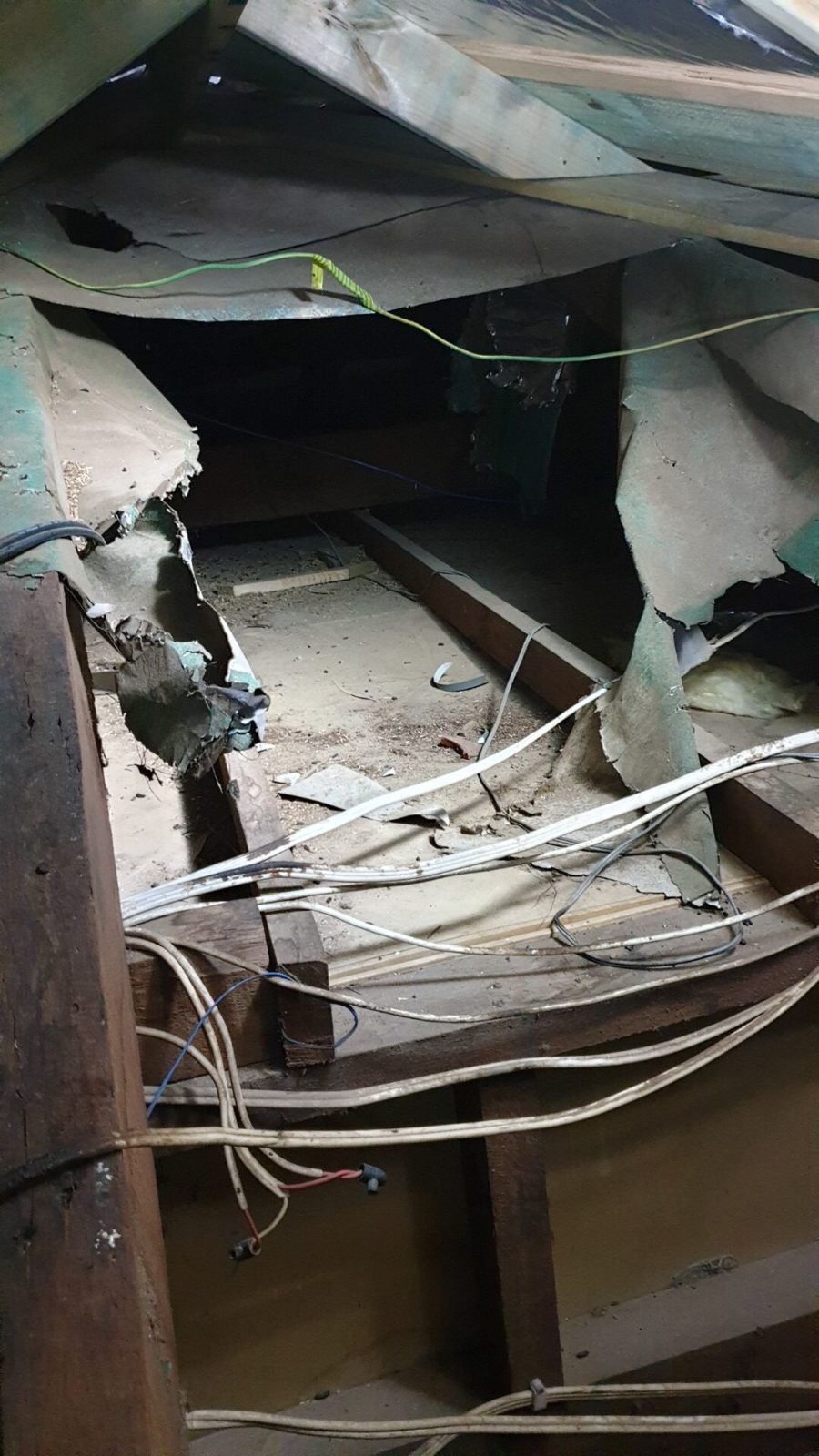
Fire from chewed wires
You might be surprised to learn that rat infestations in the attic pose a serious fire risk. This is due to their ability and natural instinct to chew through anything in their way.
Some of the many things in your room that rats can chew through:
- cardboard
- styrofoam
- wood or even electrical wires
- rats use their razor-sharp teeth to chew through just about anything.
If a rat happens to chew critical electrical wires, it may create a fire.
How do I Avoid Disease and Illness?
Extreme caution should be exercised before handling rat droppings as they can carry a number of potentially fatal diseases that spread to humans, usually by hand-to-mouth contact. To eliminate the risk of contracting viruses, rodent infestations and feces removal should be carried out by trained pest control companies.
What to look for: Rat droppings are blunt or pointed spindles of between 1.5 and 20cm in length and are dark in colour.
Now just to scare you a little into taking some action here are some of the potential diseases that Rats could be infecting your home with. This is more than a little scary but don’t worry as long as you get the house inspected and the problem fixed by a professional these health conditions will not have long-term effects, as long as everything is addressed fast.
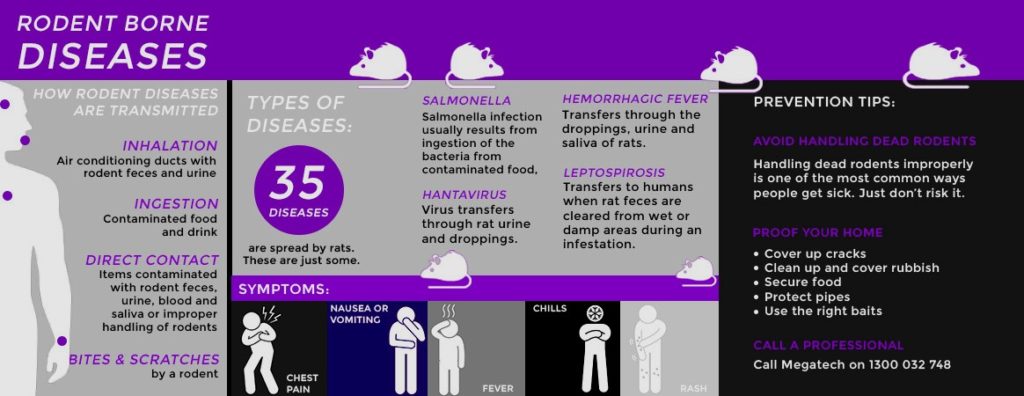
Of course, rat infestations may also leave your family susceptible to disease and illness. Rats were responsible for transmitting the Bubonic Plague, which killed millions of Europeans, so don’t underestimate their potential. Some of the diseases and illnesses modern-day rats are known to carry include the following:
- Hantavirus Pulmonary Syndrome – Hantavirus pulmonary syndrome, discovered in 1993, is a rare disease found in the United States. The potentially deadly virus transfers through rat urine and droppings. Aching, tiredness and a fever are early signs of an infection and the large muscle groups are most commonly affected. As the disease develops, headaches, nausea and vomiting are prevalent. The late symptoms of hantavirus pulmonary syndrome are coughing and shortness of breath that resembles being smothered by a pillow. Symptoms appear after one to five weeks of contact with rat feces and infections are often fatal.
- Hemorrhagic Fever with Renal Syndrome – Hemorrhagic fever with renal syndrome, or HFRS, is a global illness derived from the Seoul, Hantaan and Puumala viruses. Often found in Eastern Asia, HFRS transfers through the droppings, urine and saliva of rats. Unlike other diseases, HFRS passes from human to human although this is quite rare. Incubation takes 1 to 2 weeks and symptoms include violent headaches, abdominal pain, fever and blurred vision. Fatality rates can be as high as 15%.
- Salmonella – Salmonella infection usually results from ingestion of the bacteria from contaminated food, water or hands. Eggs, milk, meat or poultry are particularly high-risk foods. Fruit and vegetables may also be contaminated, especially if manure has been used as fertilizer. If a rat has walked over or been nibbling on your food or food preparation surfaces the disease can easily be spread. People may become infected if they transfer animal feces containing Salmonella bacteria from their hands to their mouths, for example, if eating after touching animals and failing to wash their hands.
- Tularemia – Tularemia is a rare bacterial disease that is usually acquired from handling infected animals, bites of infected ticks or deer flies or from contaminated food or water. In Australia, ringtail possums have been associated with human infection. Using insect repellent and wearing long sleeves, pants and socks and wearing gloves when handling dead animals can help prevent infection.
- Arenaviridae – Arenaviridae are a family of viruses transmitted through rat droppings and urine. Common diseases include Lassa fever and Brazilian hemorrhagic fever, which are specific to one particular species of rat in each case. Arenaviridae is particularly common in South America and has unique strains found in counties such as Bolivia, Venezuela and Argentina. Agricultural workers are often prone to viruses and in many instances, diseases pass from person to person by airborne transmission. Flu-like symptoms are common and some strains of the virus result in blood being found in human urine and stools.
- Leptospirosis – Leptospirosis transfers to humans when rat feces is cleared from wet or damp areas during an infestation. The rodent often urinates at the same time as it produces droppings, which results in cross-contamination of water and a greater risk of contracting multiple diseases. Symptoms include jaundice, rashes, abdominal pain and red eyes. Leptospirosis requires antibiotic treatments and the disease is often contracted by sewage workers, water sports enthusiasts and children.
DO NOT attempt to remove dropping on your own without extreme caution and the right protective gear. This is so important please call a professional such as Megatec Roof Insulation Solutions, this is the most effective way to ensure your health.
Rats typically transmit diseases through urine and droppings. When the sun goes down and family members go their bedrooms to sleep, rats will make their way down from the attic and into the kitchen where they scavenge for any available food. As they tear into your bread, cookie mix, muffin mix and other food products they leave behind small piles of feces along with pools of urine.
Note: it’s recommended that homeowners dealing with rat infestations place their food in sealed containers until the problem is resolved. This will help protect against transmitted disease while depriving rats of their food source. The plastic wrap of a typical loaf of bread isn’t enough to keep rats at bay. Instead, you need to place the bread in a long plastic container that’s fully sealed.
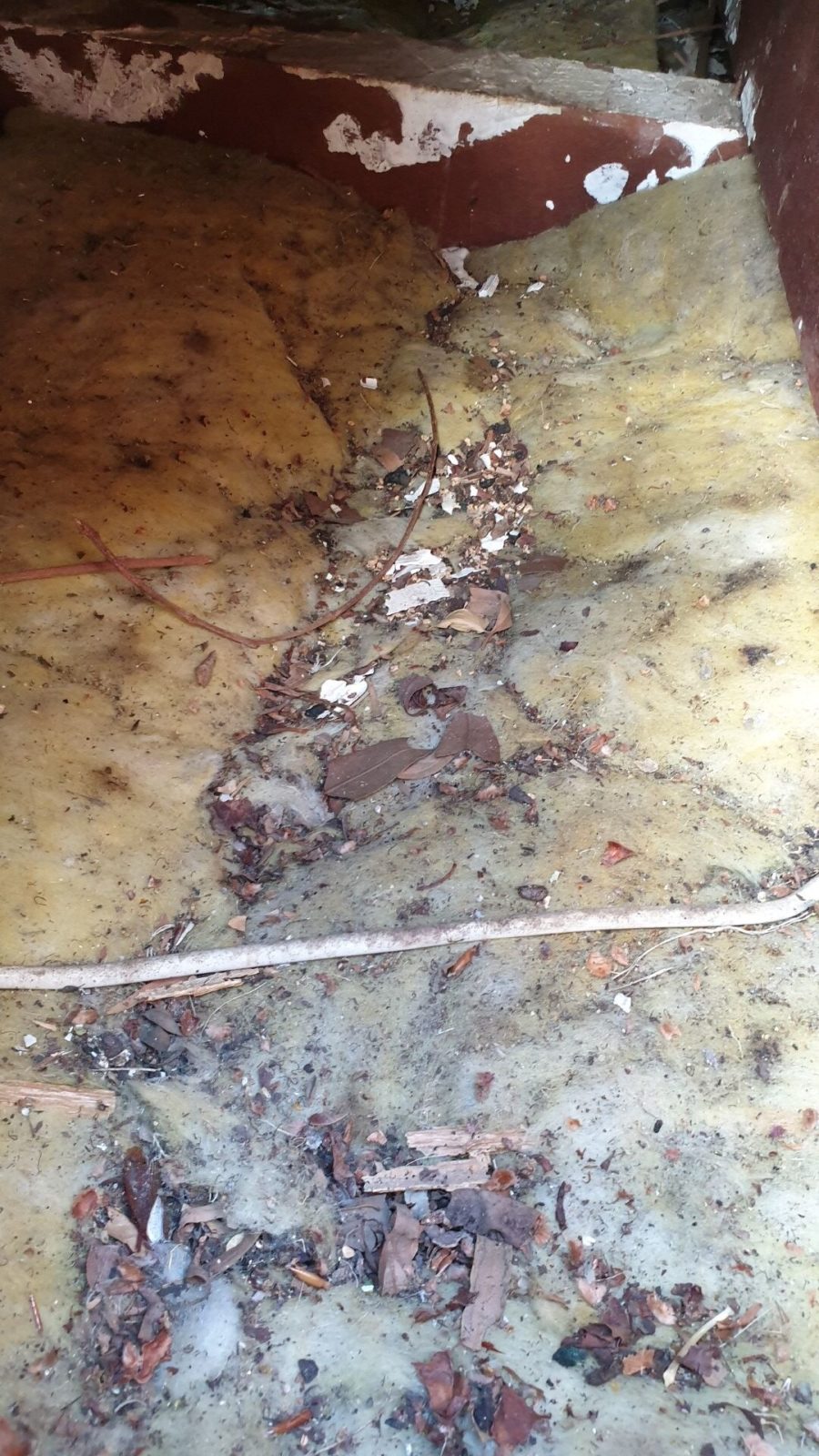
Contamination of Insulation
Another of the problems that rats can cause when it comes to insulation is that they will use the material as a latrine, and this is something that can be a big problem. It can be recognised by stains and small black pellets of feces in the material of the insulation. The real issue caused by this is that it has health implications, as there are diseases that can become airborne in rat feces that can then become a significant problem for those who go into the attic.
Insulation Damage and Nesting problems
- Issue # 1: Nesting Somewhere Else
- As a general rule, anything a rat or mouse can pull apart with its claws is at risk of becoming a nest. This means that if you choose bulk insulation that relies on glues to hold the fibers together, over time that glue will weaken and the insulation becomes inviting for tiny claws.
- Issue # 2: Nesting in Your Insulation
- Sometimes rats and mice don’t even bother carrying insulation away. If your insulation lets them crawl between the insulation and the floorboards, you’ve got the potential for trouble. This includes loose-fitting solutions like packing strap, wire or nails. If a rodent can get in there, they’ll snuggle and breed between the layers because it makes a delightfully cosy hideaway for them and their offspring. And, take our word for it, if a rat dies in the nest they’ve made under your home, you’ll smell it pretty quickly.
Blown Insulation
Blown insulation, also known as loose-fill or cellulose insulation, is an extremely popular form of attic insulation. However, it’s also a magnet for mice who love to burrow up in the material and settle in to avoid the elements outside. Getting rid of mice when you have blown insulation can be tedious, but it’s not impossible.
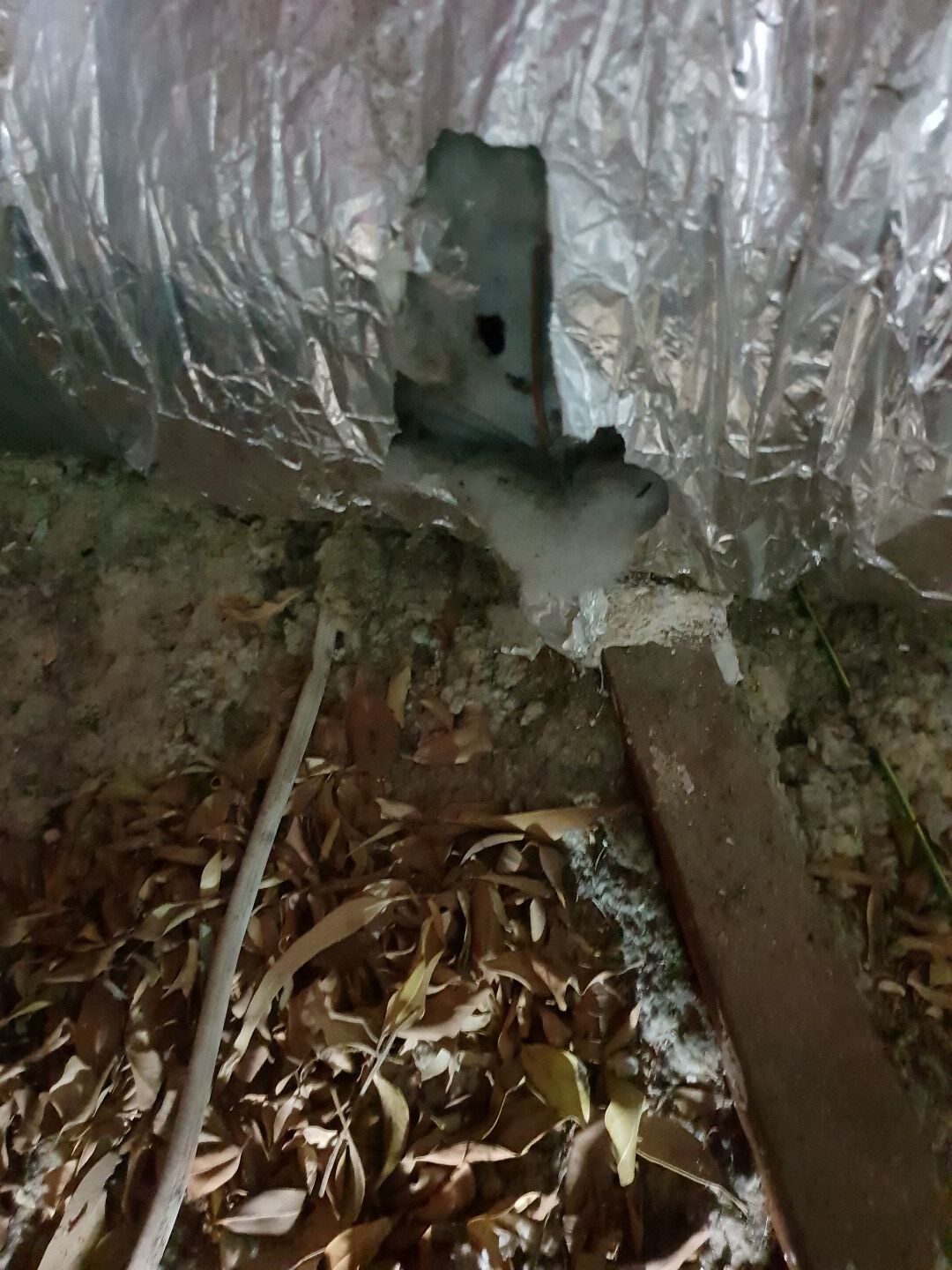
The damage
Rats will eat though EVERYTHING:
- Pipes
- support beams
- Wires
- Insulation
- Air conditioning ducts
They can and will cause havoc throughout your roof space and home. If you think you might have rats call in someone right away because as shown below they can damage active water pipes and add water damage to your damages list.
Rodent-damaged insulation is common in many homes. However, more often than not homeowners do nothing about it and think replacing rodent-damaged insulation is too difficult or too expensive. However the opposite is true; in fact, from a health standpoint, you probably can’t afford not to replace the insulation.
Wire damage can cost a fortune as you will need it all to be rewired before new insulation can be installed, as wire damage can cause fires if left unfixed. And of course, since they are often nesting in your insulation the rodents are ripping it apart and ruining it, so it will need to be replaced.
The cleanup process
Cleaning up rodent-damaged insulation is not just rolling it up and putting it in a bag. There’s a process you must follow to clean up the insulation. The process for our cleanup procedures looks something like the following:
- Remove and bag all soiled insulation
- Repeat step 1 to the newly exposed top of the drywall
- Vacuum from the top of the drywall all the newly wet droppings (We use an asbestos style vacuum with the highest filter available)
- Replace area with new insulation
- Lay baits to prevent rats from returning
- Optional odour absorbent spray for particularly bad infestations that leave a lingering odour
During this process, the area is well ventilated and our service people wear full disposable suits, gloves, booties, and full-face respirators.
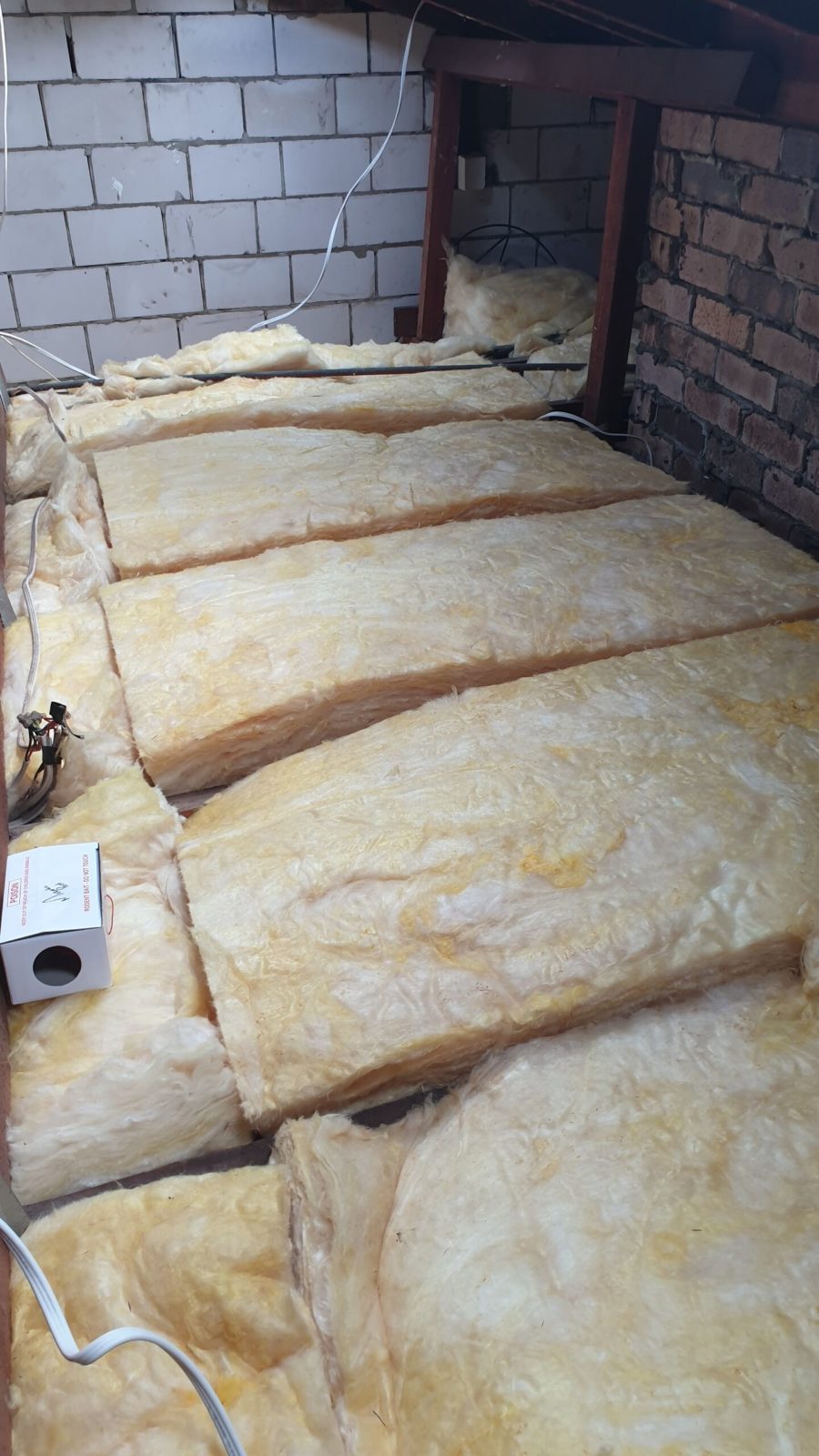
The final product – safe and clean
The cleanup process is intense but the end result is not only new insulation but a healthy place for you to live. Not only will we remove the old, disgusting, nested-in, feces-filled insulation safely we will replace it with high-quality insulation.
Once the old insulation and the bulk of the feces and rubbish have been bagged up (to avoid potentially disease-riddled fibres from getting into the air) we will remove it from your premises and dispose of it responsibly. As for replacement insulation, we use Bradford Gold Ceiling bolts, which are Made in Australia for Australian conditions. Bradford Gold Hi-Performance Batts are made from glass wool, the world’s most popular insulation material. It is a highly cost-effective solution to rising energy costs and greenhouse gas emissions.
INSULATION BEFORE & AFTER
Use the slider to view the before and after of Megatec Roof Solutions quality insulation installation and removal services

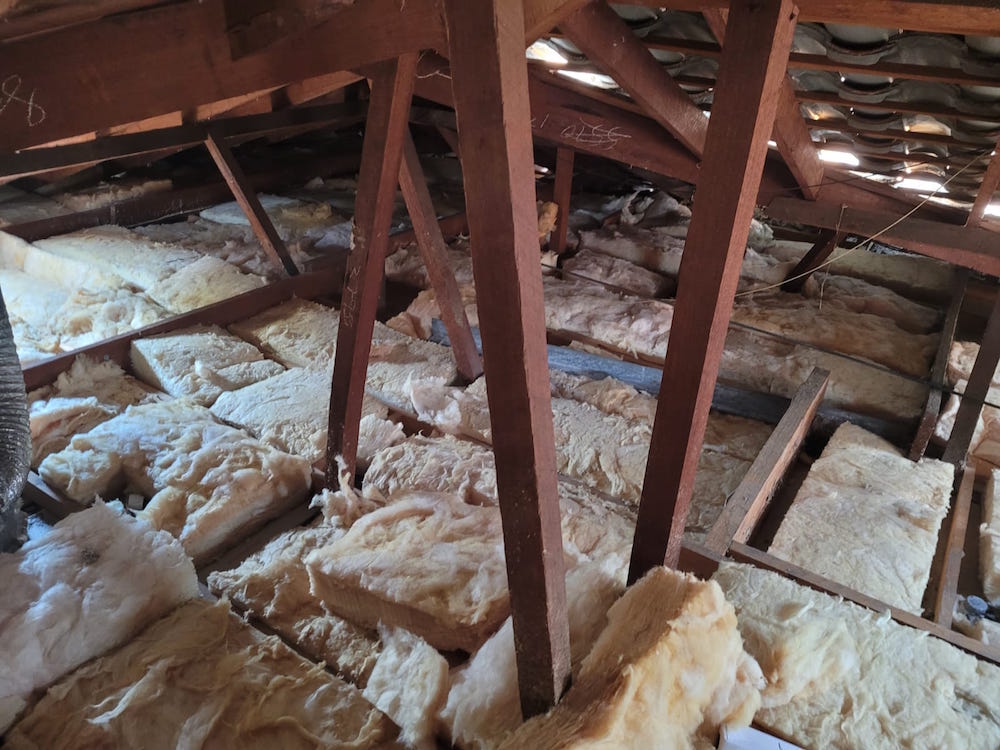
Rodent damage – Removal of damaged and soiled insulation to be replaced with new and high-quality insulation batts.
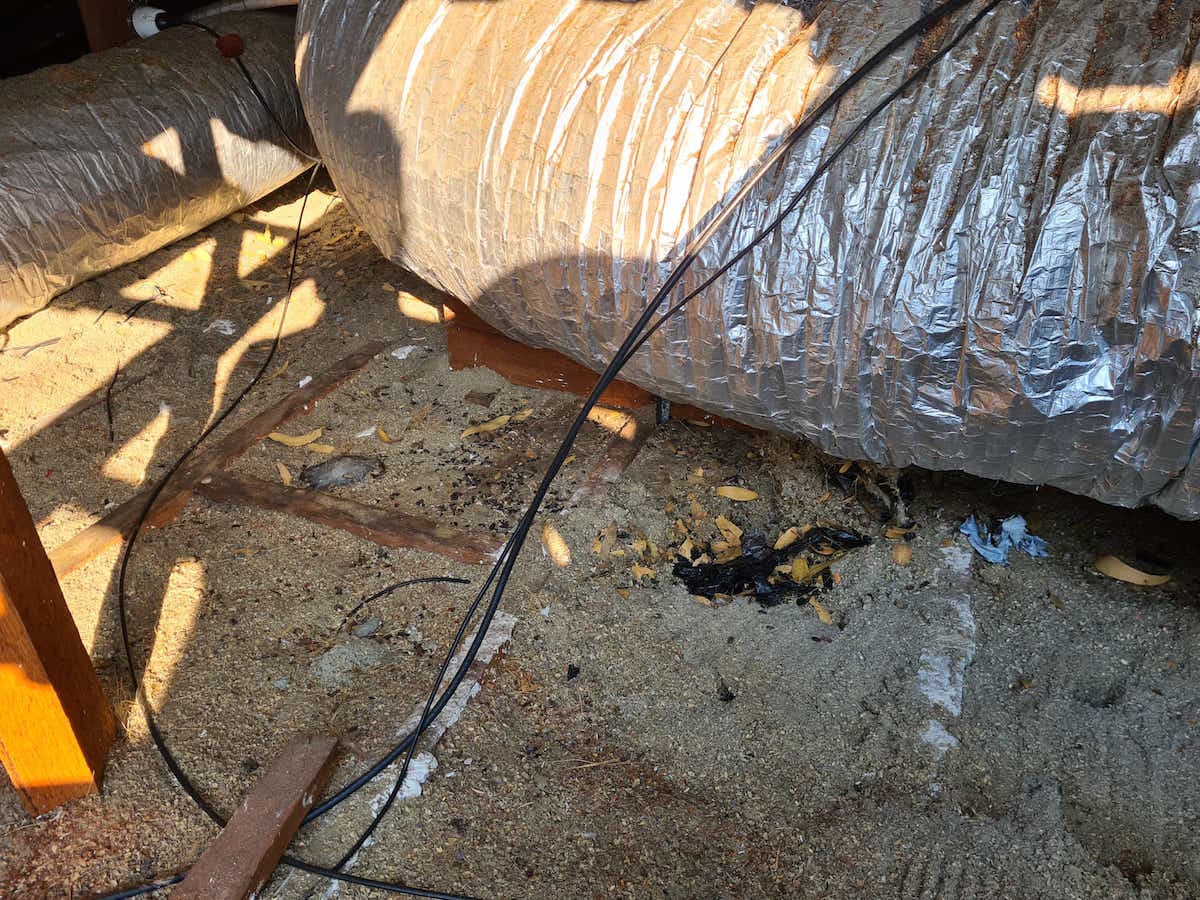
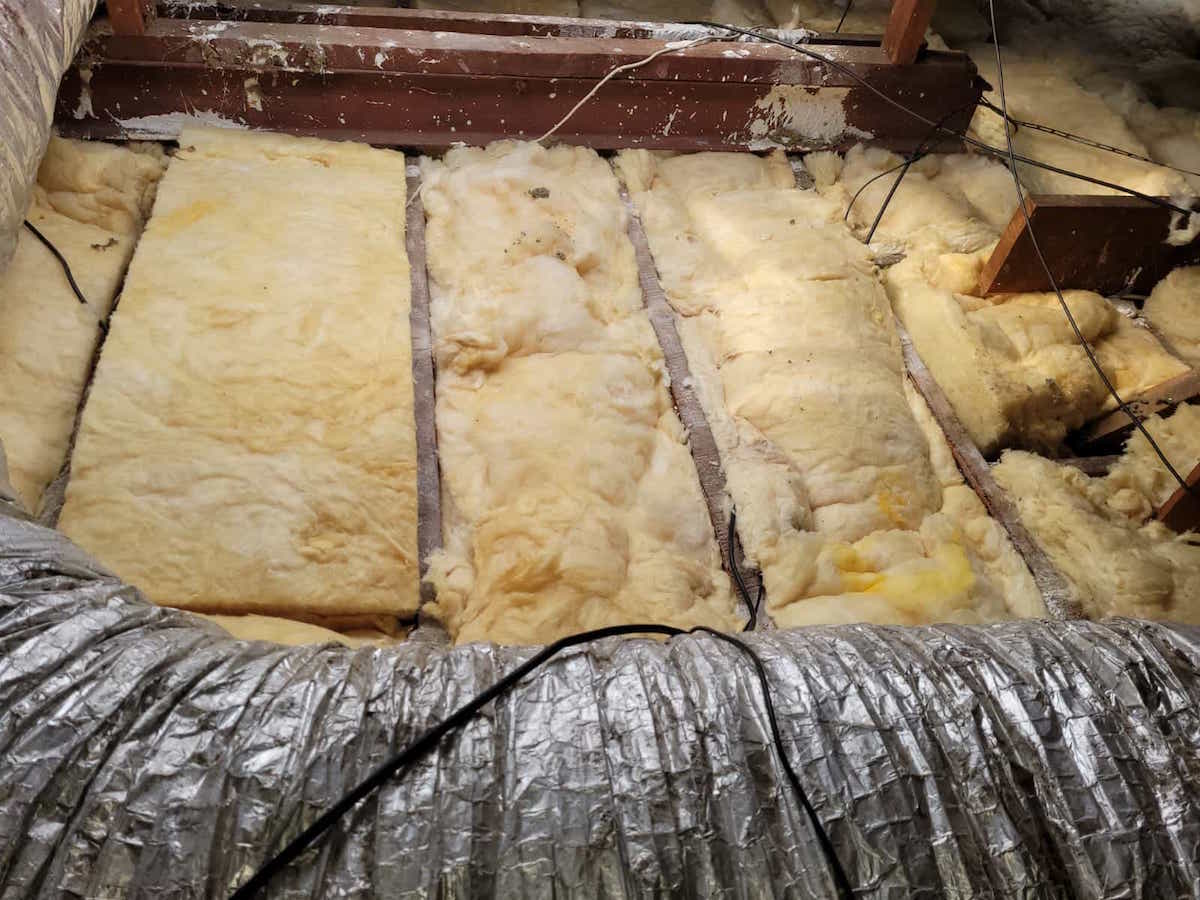
Dead rat removal – when rats get into your roofs insulation they breed, nest and die in your roof. We work fast and safely to remove all dead rats from your roof, replacing the insulation.
View Reviews from happy, rat free customers
Our Services
INSULATION INSTALLATION
Save up to 35% less energy from heating a cold home by fully insulated your home. Installing Megatec Insulation solutions in your ceiling and roof will ...
INSULATION REMOVAL
Insulation removal can be quite dangerous and messy to handle and remove. Homes that are older than 15 years should be removed as...
ROOF INSULATION
If you are building a new home in Perth then choosing the most effective and efficient roof insulation system is a time investment that will lead to thousands of dollars saved in...
ATTIC VACUUM CLEANING
Dust, Insects and other allergens can easily build up inside an attic cavity over time often by the breakdown of old materials such as...
ROOF CLEAN AND VACUUM
You can’t see it, but roof cavities collect large quantities of grime, insects, dust and other allergens. To keep your home...
CEILING REPAIRS
Tired of having your sagging or cracked ceilings hanging over your head? Wish you could love what...
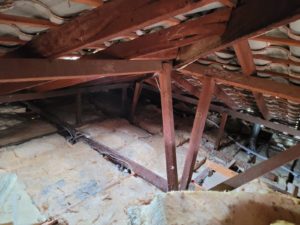
CEILING INSULATION
Quality ceiling insulation is a great way to keep your home cool all through Perth’s hot summer months. As well as...
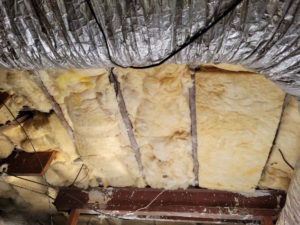
ROOF INSULATION
An uninsulated house in Perth can lose up to 35% of its internal heat through the roof in winter. It's a similar story in summer, with as much...
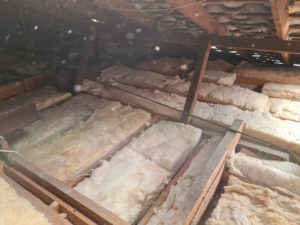
ACOUSTIC INSULATION INSTALLATIONS
Does traffic noise keep you up at night? Do planes flying overhead or construction noise regularly interrupt the serenity...
RODENT DAMAGE REPAIR
Every year in Perth we are called in to remove smelly dead rats from roof spaces. 1 out of 5 homes has damaged insulation in the roof space from...
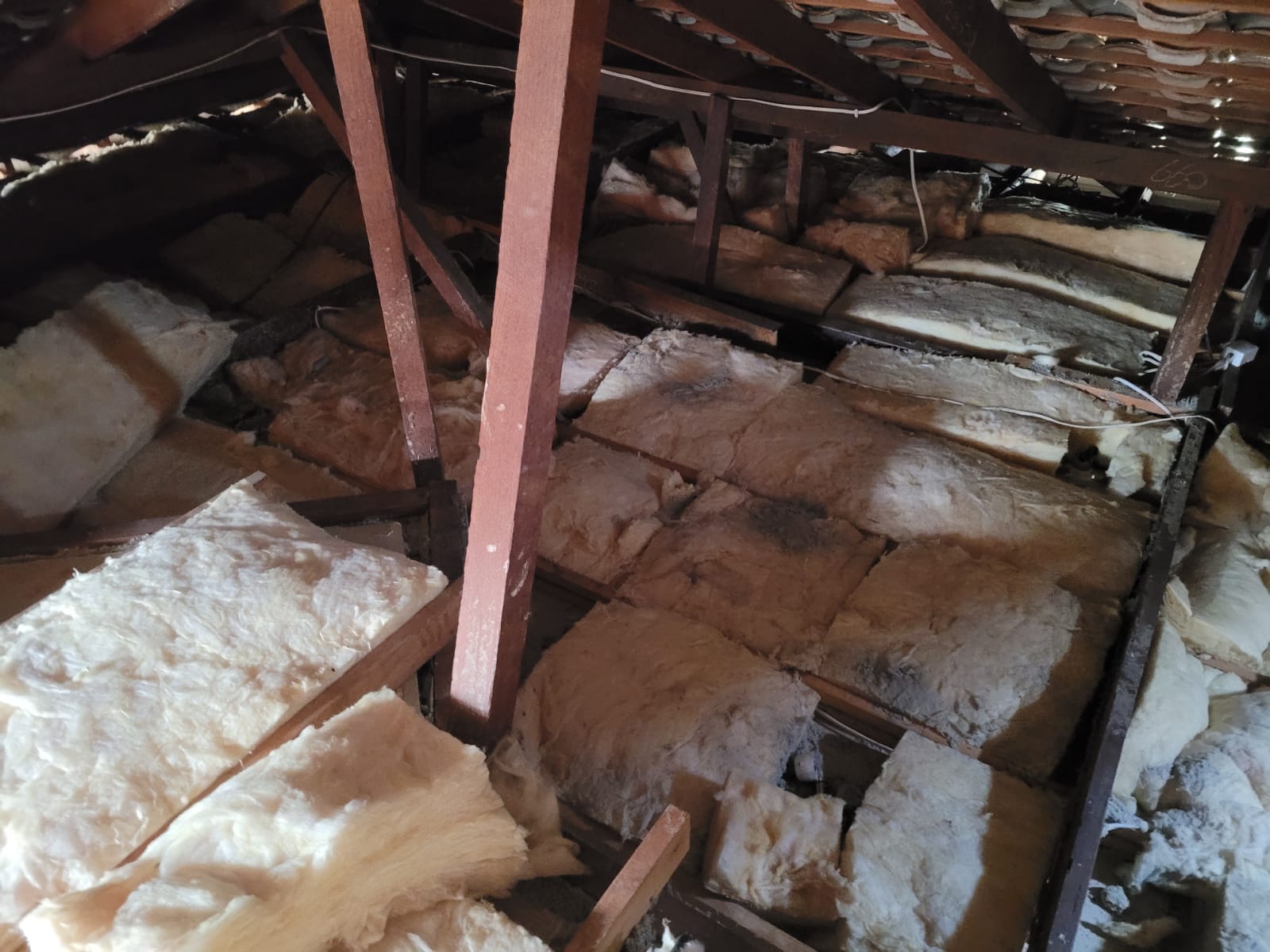
Do you need roof insulation replacement. Remove the old and get fresh working insulation?
CALL OUR PERTH TEAM TODAY
0411 206 883
f
